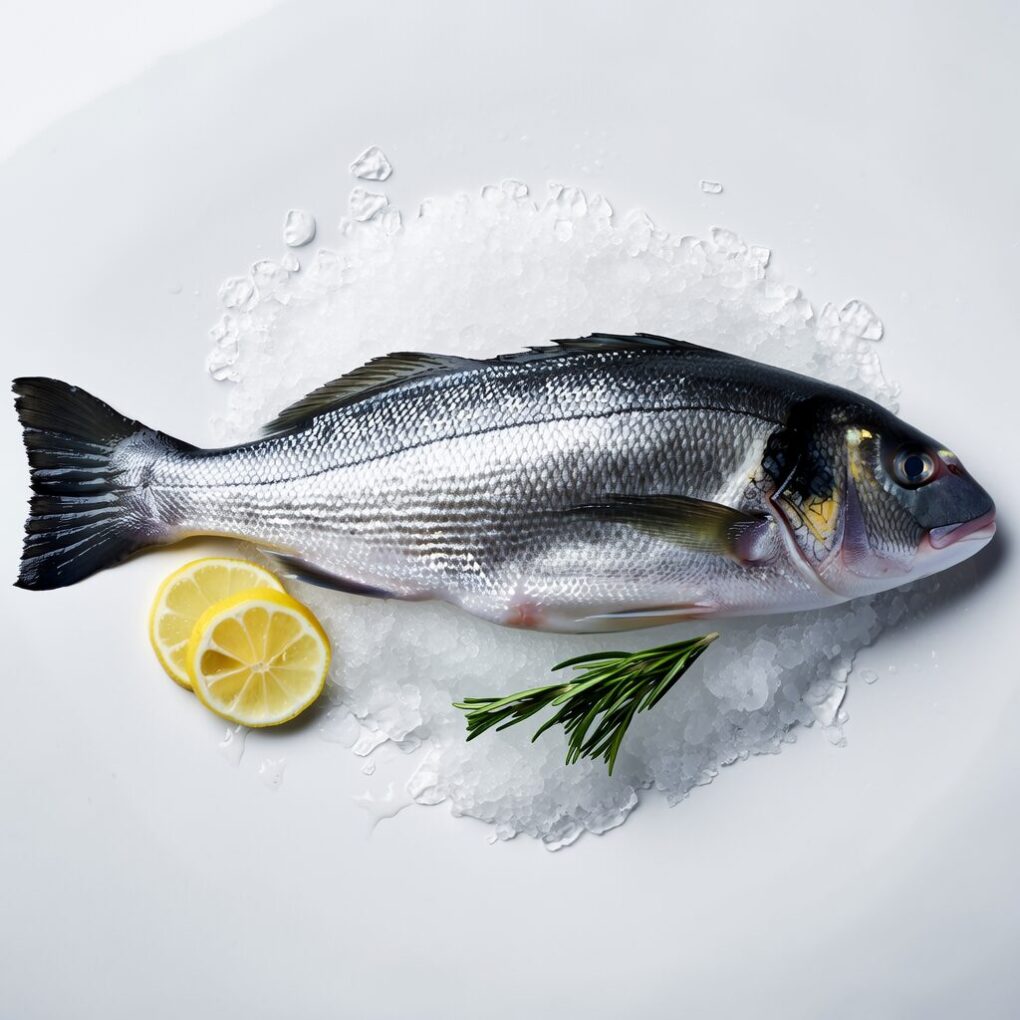Introduction
Mangrove snapper is also known as gray snapper and black snapper. It is one of the most prized game fish in the Gulf of Mexico. These fish are highly prized for their firm, white meat. They can often be found near the roots mangrove trees, which is why their name. This comprehensive guide will cover everything you need to know about mangrove snapper. We will explain everything, from their habitat and feeding habits, to the best methods to catch them. This guide is for all levels of anglers, novice or expert.
Habitat and Distribution
Mangrove snapper can be found in the western Atlantic Ocean, from Massachusetts to Brazil, as well as the Caribbean Sea and Gulf of Mexico. They are most common in shallow, warm waters close to the shore, but larger fish can be found in deeper, offshore waters. They are attracted to structures such as wrecks, reefs, and mangrove roots. This allows them to hide from predators and then ambush their prey.
Physical Characteristics
Mangrove snapper is a medium-sized fish. They average 18-24 inches in size and weigh 2-6 pounds. However, larger specimens can reach 30 inches and 20 pounds. Their back is gray or olive-green with a reddish or orange tint on the sides and a black stripe running from their eye to the tail. Their fins are dark, and their eyes are large and bright yellow. Mangrove snapper have sharp teeth, a strong jaw and can crush shells of prey.
Feeding Habits
Mangrove snapper are opportunistic feeders and will eat a variety of prey including shrimp, crabs and small fish. They also like to find food around wrecks and other structures. Mangrove snapper are most active at night when they venture out from their hiding places to eat. They are known for being picky eaters, so it can be difficult to capture them, especially in clear waters.
Reproduction and Spawning
Mangrove snapper reaches sexual maturity between 2 and 4 years old and spawns in the summer months, typically between June and August. Broadcast spawners are those that the females release eggs into the water while males fertilize them externally. The larvae can drift in the currents for several days before they settle on the bottom and begin to grow.
Fishing Techniques
Mangrove snapper can be a difficult and rewarding species to catch. Mangrove snapper are known for being finicky and difficult to hook. Here are some tips to catch mangrove snapper. To increase your chances of getting a bite, use light fluorocarbon lines and small hooks. Mangrove snapper love to hang around wrecks and reefs. You should look for areas with lots structure and drop your bait there. To keep your bait close to the bottom, use a J-hook or a circle hook with a split shot.
Cooking and Eating
Mangrove snapper are prized for their firm white meat which is mildly sweet. You can grill, bake, or fry them and serve them with a variety sauces and seasonings. Snapper tacos, blackened mangrove snapper and snapper ceviche are some of the most popular recipes.
Conservation
Mangrove snapper is an important game fish that provides food and recreation for millions every year. Overfishing and habitat destruction have caused a decline in their numbers in some areas. Anglers should practice catch and release fishing to help preserve mangrove snapper and other marine animals. It is important to preserve and restore their habitats, including coral reefs and mangrove forests.
In Conclusion
Mangrove snapper are a fascinating, challenging game fish that is highly prized for their meat and fighting abilities. There is so much more to learn about these amazing creatures, no matter how experienced or novice you are. This guide will help you increase your chances of catching these rare fish. It will also help you conserve them for future generations.




